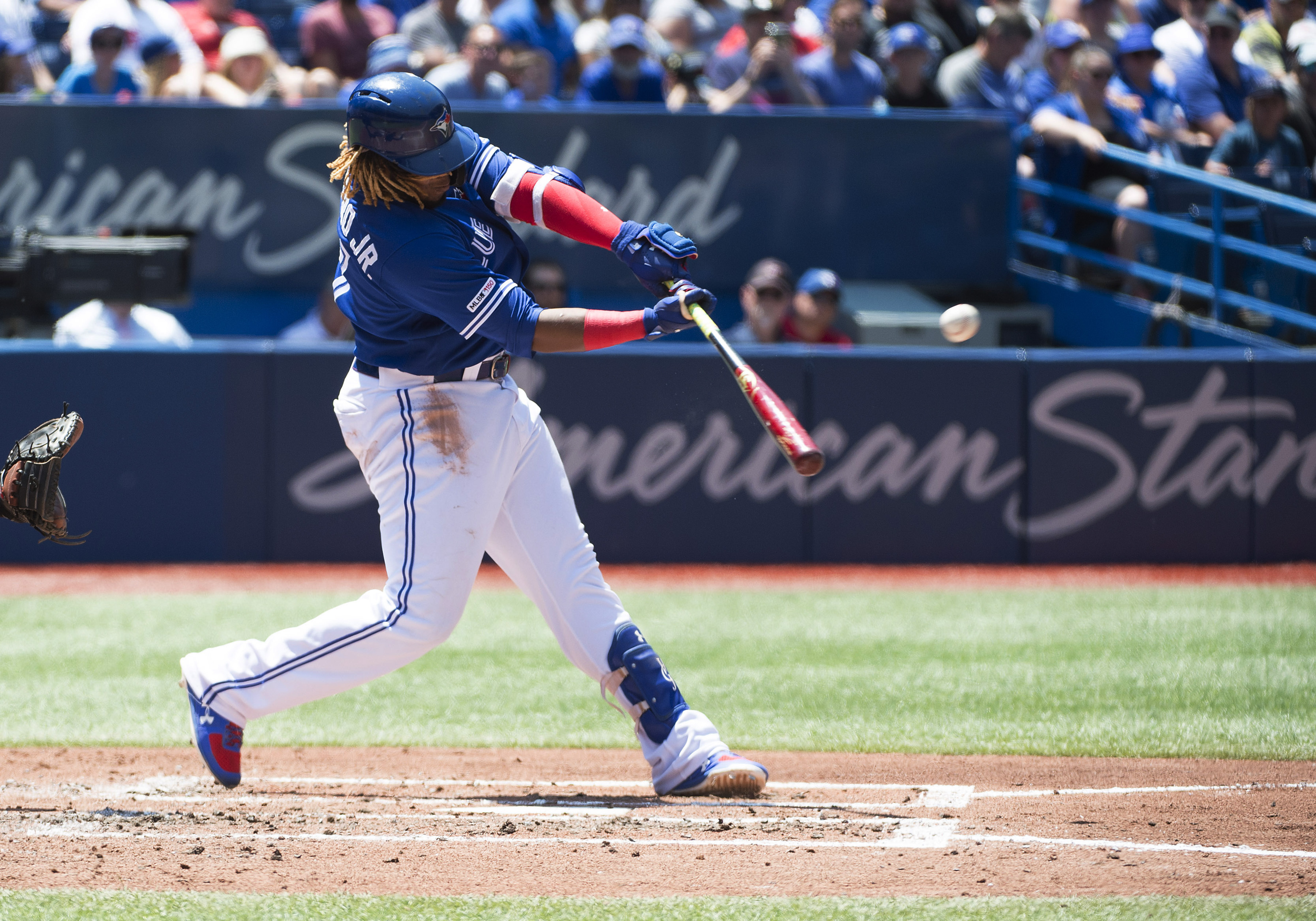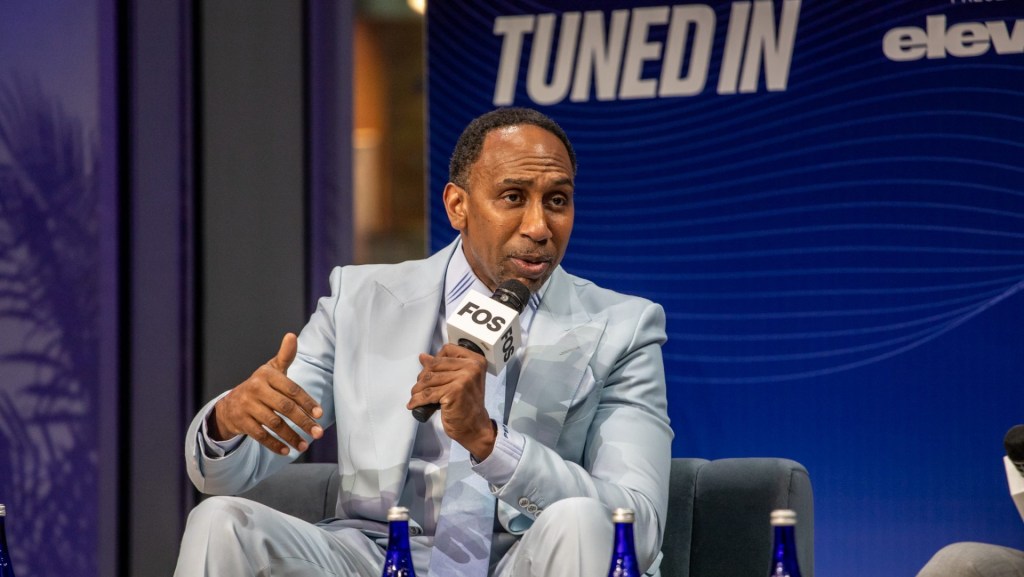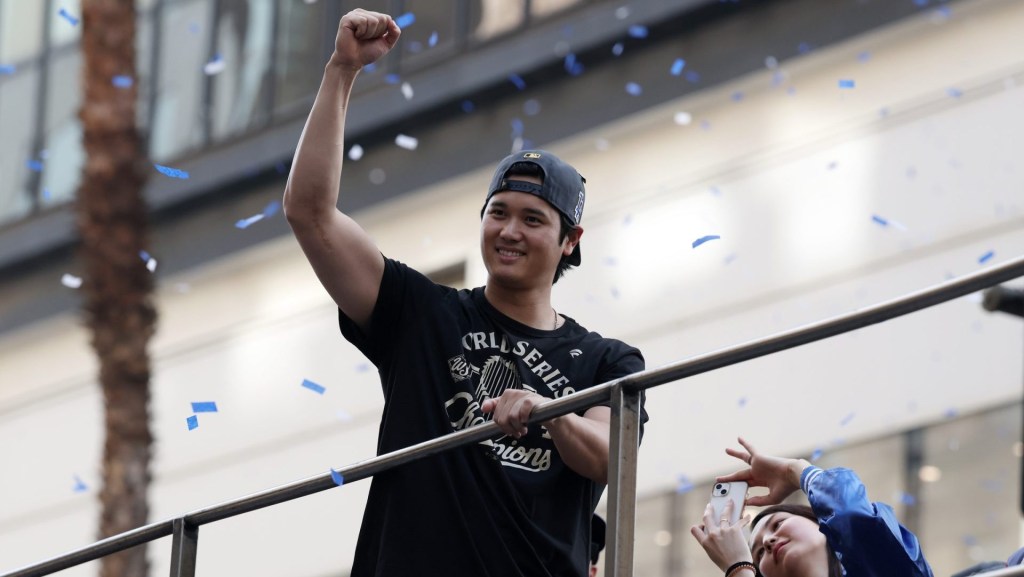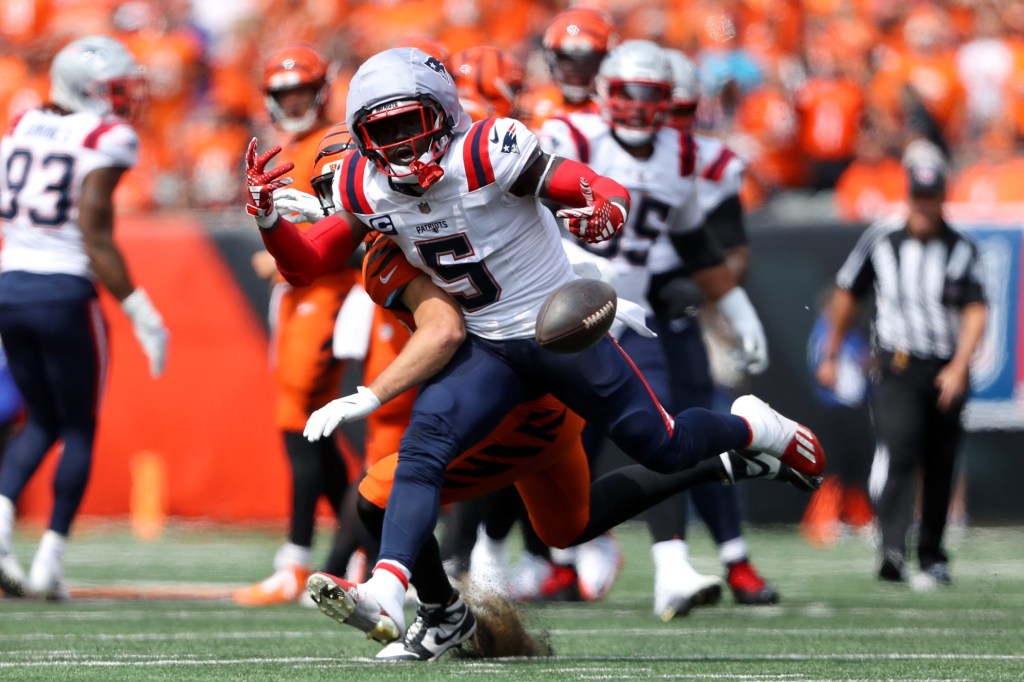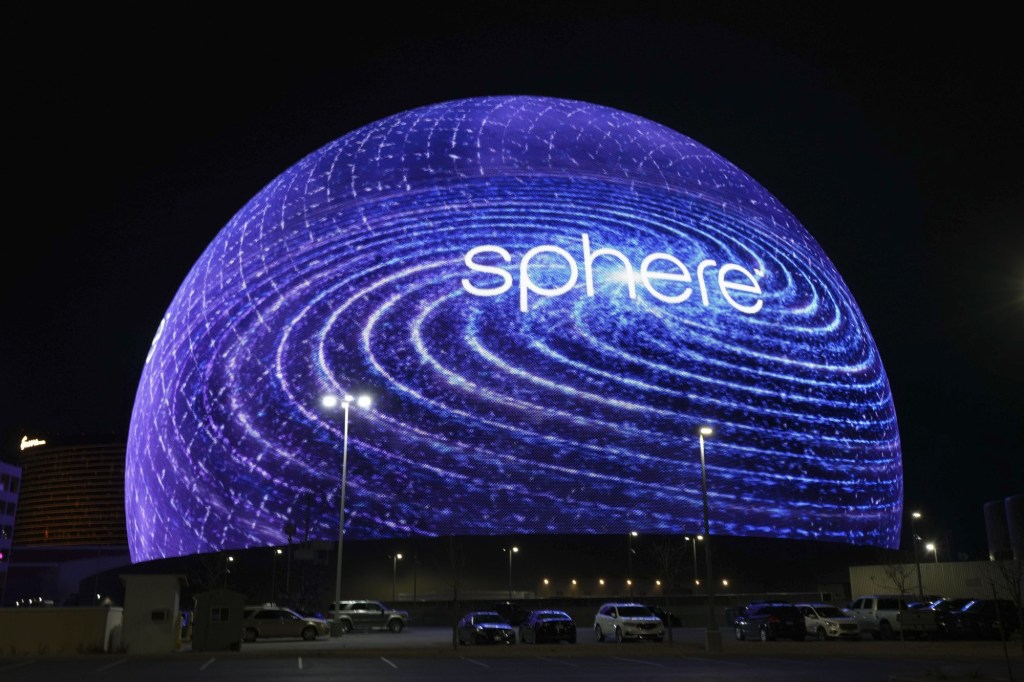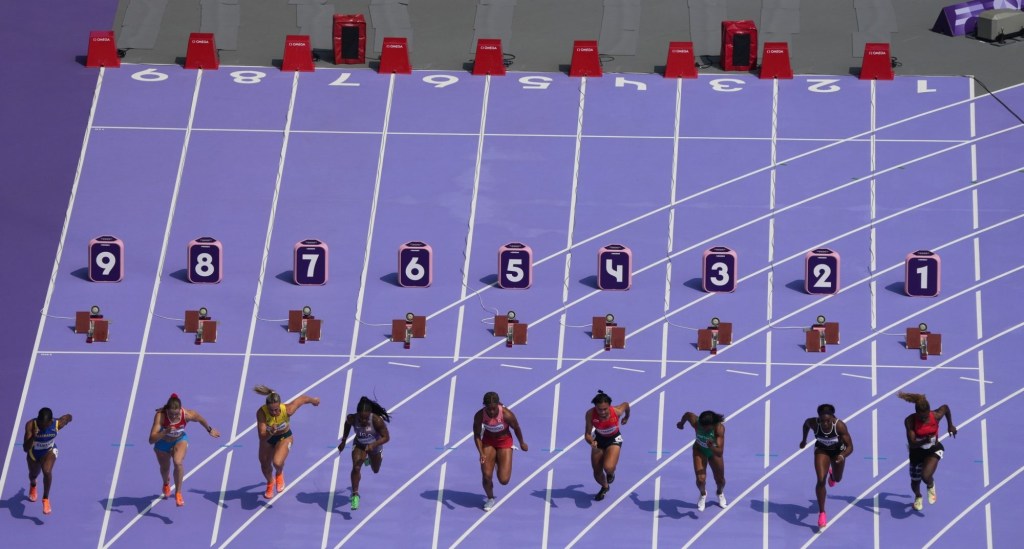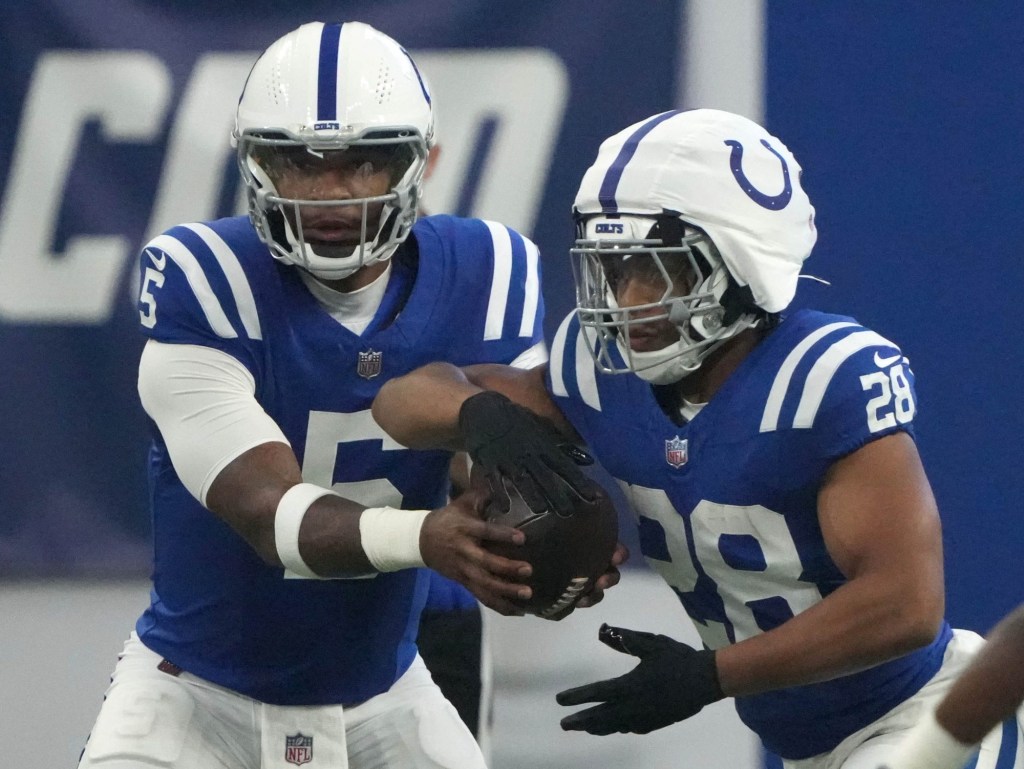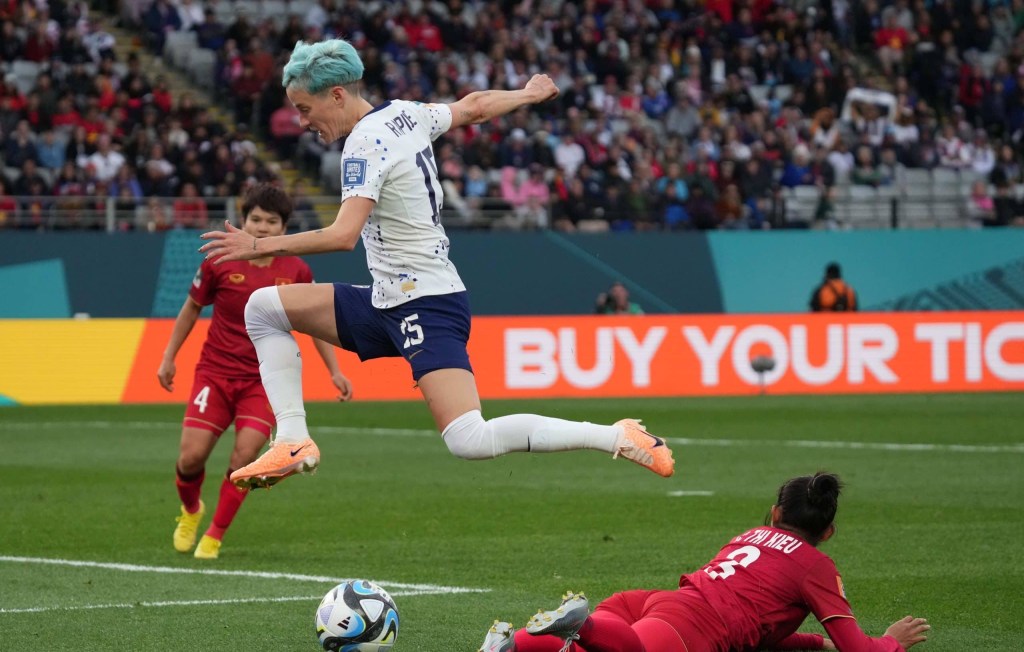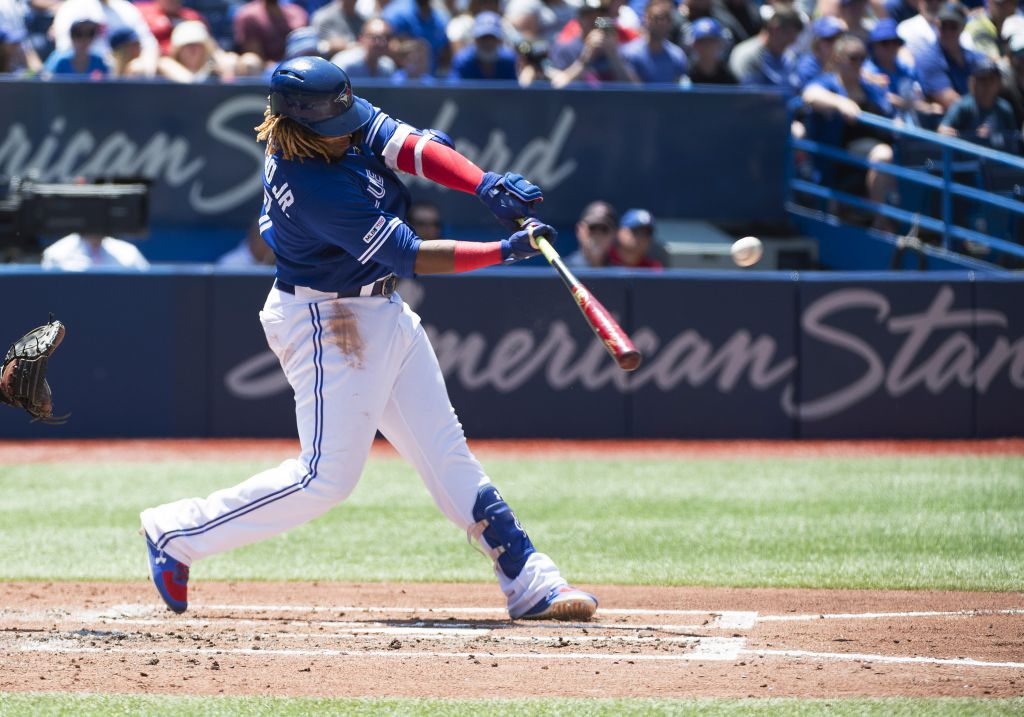
For MLB fans fearful that their team’s slugger will be victim to the “Home Run Derby Curse,” ESPN has a broadcast of the competition for you.
That topic will be addressed directly – with data to back why fans shouldn’t be concerned – during ESPN’s data-driven “Statcast” version of its annual Home Run Derby telecast.
This alternate telecast will feature everything from 3D spray charts of home run distances and flight paths to exit velocities off bats and launch angles of batter swings. It will also feature its own data-minded broadcast team of play-by-play announcer Jason Benetti, analyst Eduardo Perez, and MLB Statcast analyst Mike Petriello.
This will be the second year in a row ESPN2 offers viewers a Statcast version of Home Run Derby. For the first time, ESPN will also offer a Baseball Tonight Statcast edition starring Benetti, Perez and Petriello that will air from 7pm to 8pm prior to the derby.
Many fans praised ESPN2’s StatCast versions of Home Run Derby and 2018 National League Wild Card playoff game between the Chicago Cubs and Colorado Rockies. Roughy 83% of the nearly 4,000 social media mentions about the Statcast Wild Card telecast were positive. Sports Illustrated even named it the “Best Broadcast Innovation” of the year.
ESPN is not trying to reinvent the wheel with these alternative telecasts, according to Phil Orlins, senior coordinating producer, MLB for ESPN. TV viewers will still see many of the same video angles of home runs they’d get on the main ESPN telecast, he noted. But they are trying to provide some real-world context to baseball’s current fascination with data and analytics.
The previous Statcast telecasts skipped the typical baseball cliches and jargon. Instead, they focused on the data-driven changes revolutionizing baseball – such as batters changing their swing’s launch angle upward to hit more fly balls, and therefore, more home runs.
Stat-loving fans will get another serving of that on Monday night. Within seconds, ESPN will track the flight path, exit velocity, launch angle and apex of the ball flight of each home run at Cleveland’s Progressive Field. That info will appear in one corner of your TV screen. In another, you’ll see updated leaderboards and other statistical information. A Dashboard running across the bottom of your TV screen will cycle through Statcast notes on each participant.
Other conversational, video and graphical elements of ESPN2’s production will include:
– Graphic overlays of each home run. Plus, estimates of how many home runs each participant would gain or lose if they played all their games at Progressive Field.
– The most impressive home runs by each participant.
– Where in the strike zone the batters want to be pitched.
– How fatigue plays a factor in Home Run Derby.
– Predicting a winner based on Statcast numbers.
Some MLB power hitters like Josh Donaldson of the Toronto Blue Jays would tell you if they hit a ground ball nowadays, it was an accident. The biggest power hitters like Donaldson and Aaron Judge of the New York Yankees have uppercut swings. All of that data and research will be put to use Monday night as the game’s top sluggers try to jack balls out of Progressive Field.
“There’s just so much going on. So many of these guys now have changed their approach. Or even have their own personalized hitting coaches,” says Orlins. “There’s just this confluence of statistical or analytical information, combined with player development.”
The Home Run Derby has greatly evolved since its debut in the 1980s, when it was an untelevised event. The home run boom of the late 1990s and early 2000s helped fuel that – perhaps best captured in Nike’s 1998 ad campaign humorously themed “Chicks Dig the Long Ball,” with Atlanta Braves pitchers Greg Maddux and Tom Glavine jealously watching St. Louis Cardinals slugger Mark McGwire delight fans by blasting balls over the outfield wall.
While last year’s Home Run Derby only drew 5.57 million viewers on ESPN, down 32% in viewership from 2017 and tying a 20-year low, there is still a fascination with home run hitters that invariably draws viewers to Home Run Derby.
The challenge with the alternative telecast, according to Orlins, is to properly use data to answer some of the questions fans have about sluggers.
Questions like, “How did they become the premier home run hitters in the game?” Or, “How does Pete Alonso’s exit velocity compare to Aaron Judge? Or Giancarlo Stanton?”
Former Fox Sports executive turned media consultant Patrick Crakes think it’s a smart idea for ESPN to merge the interest in analytics and home runs together.
If the critical acclaim for last season’s alternative telecasts are any guide, a large percentage of viewers will prefer Statcast to the regular telecast.
“I would say updating the HR Derby to leverage tech – and tell a very modern HR Derby specific story – is actually just what you should do from a production innovation perspective,” said Crakes.
READ MORE: White Sox Announcer Jason Benetti Uses Humor to Shed Light on Cerebral Palsy
Among MLB stars scheduled to swing for the fences Monday night are: rookie Vladimir Guerrero, Jr. of the Toronto Blue Jays; Ronald Acuna of the Atlanta Braves; and Alonso of the New York Mets.
And for fans looking for just the long balls? ESPN will air a broadcast they might be more accustomed to, with play-by-play announcer Karl Ravech, analyst Mark Teixeira and on-field reporters Buster Olney and Jessica Mendoza.
